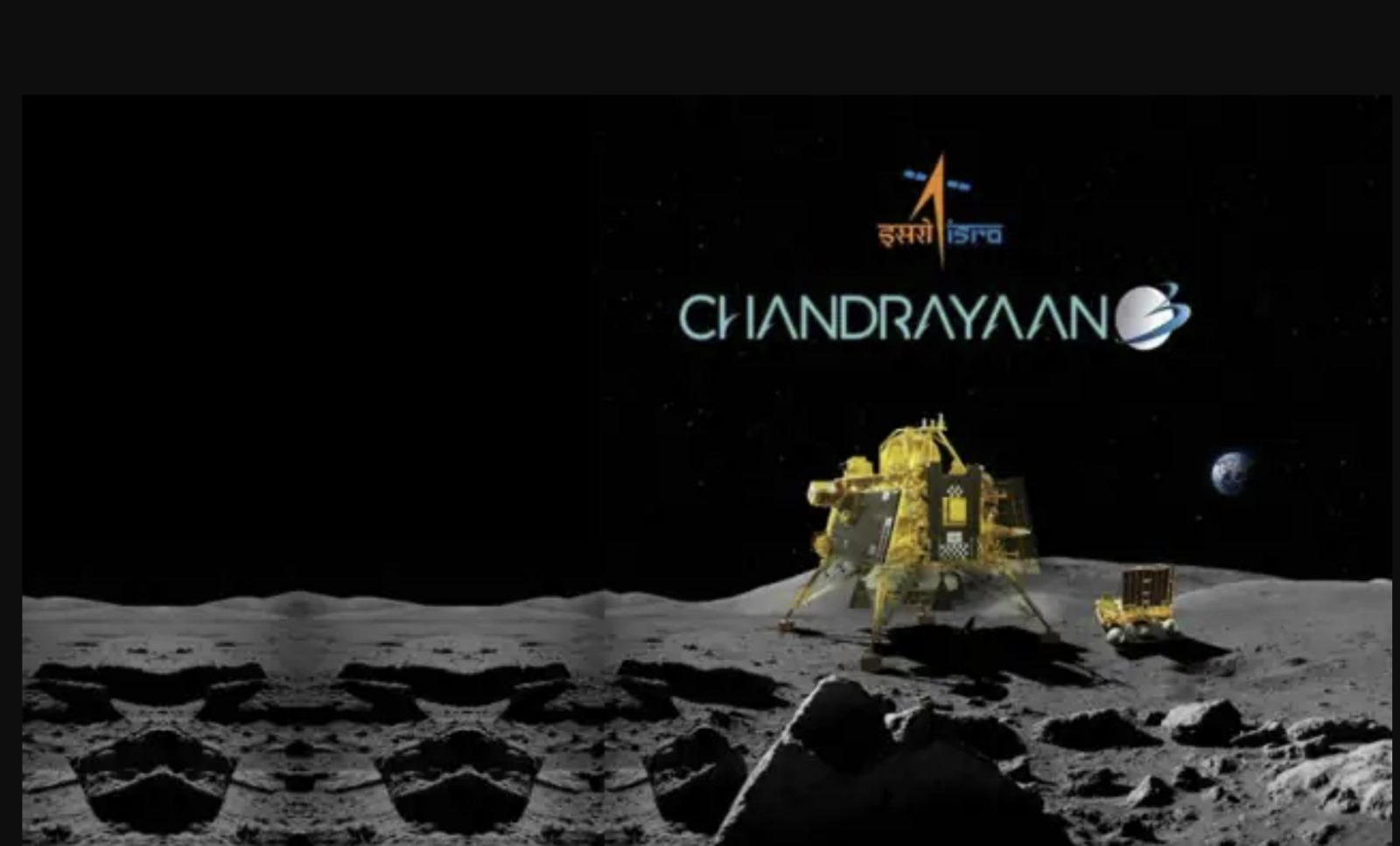Wednesday morning at 8:30 am Eastern Time, India landed its first rover on the surface of the moon. It’s called Chandrayaan-3. Which means “moon craft” in Sanskrit.
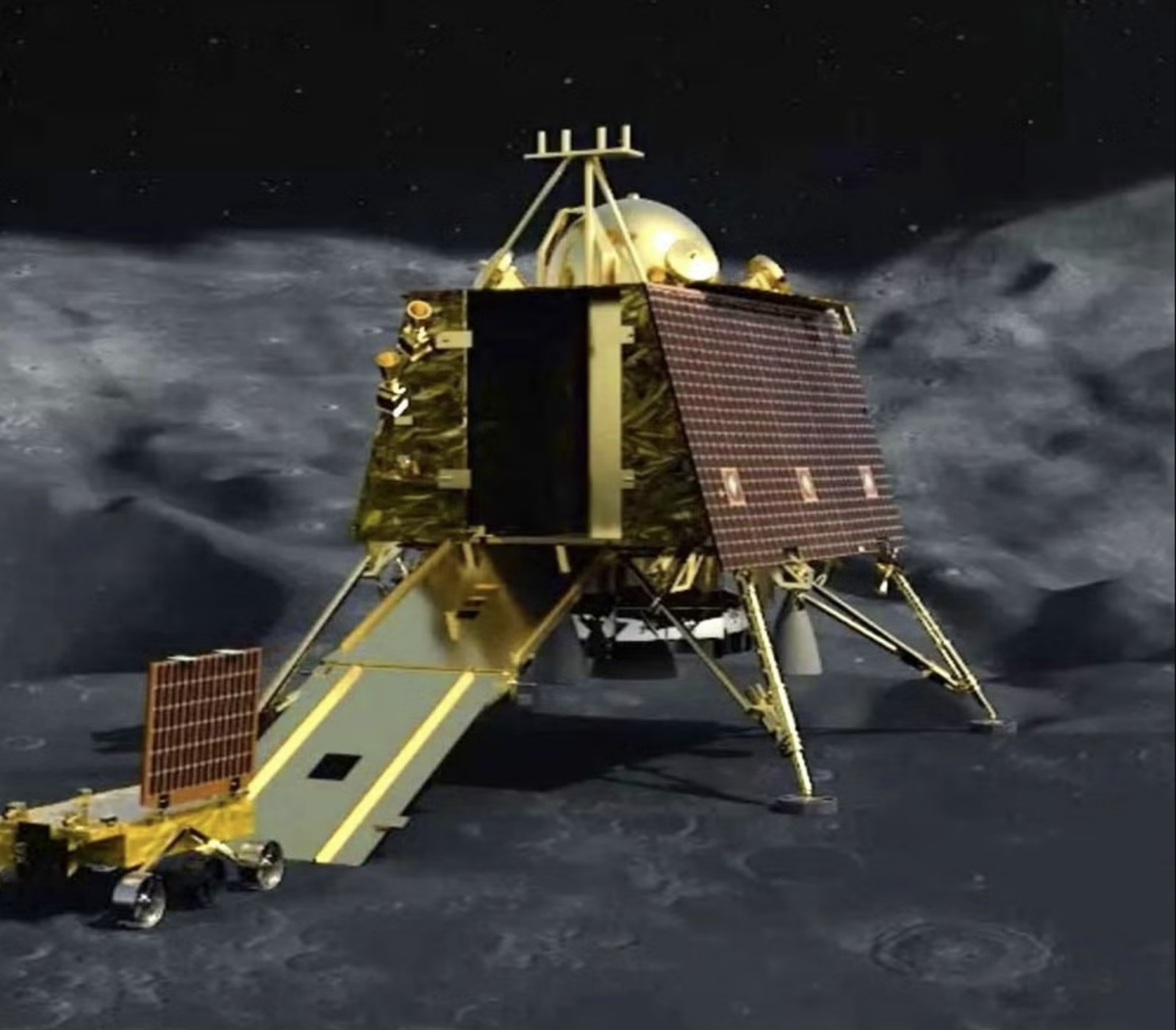
Fourteen hours later, the Chandrayaan-3’s rover rolled out and, said India’s space agency, “took a walk around.” But, unlike America’s rovers on Mars, which keep on trucking for up to 15 years, Chandrayaan-3’s rover is only built to explore for two weeks. That’s one lunar day. Then, when lunar night comes, the rover will run out of batteries and shut down.
The success of the Chandrayaan-3 makes India only the fourth country to successfully land on the moon—behind the USA, Russia, and China. What’s more, India developed and built this lander for only $73 million dollars. NASA’s upcoming VIPER rover won’t reach the moon until 2024 or later and will cost nearly half a billion dollars. Which means for the price of one American lunar lander, India can build six.
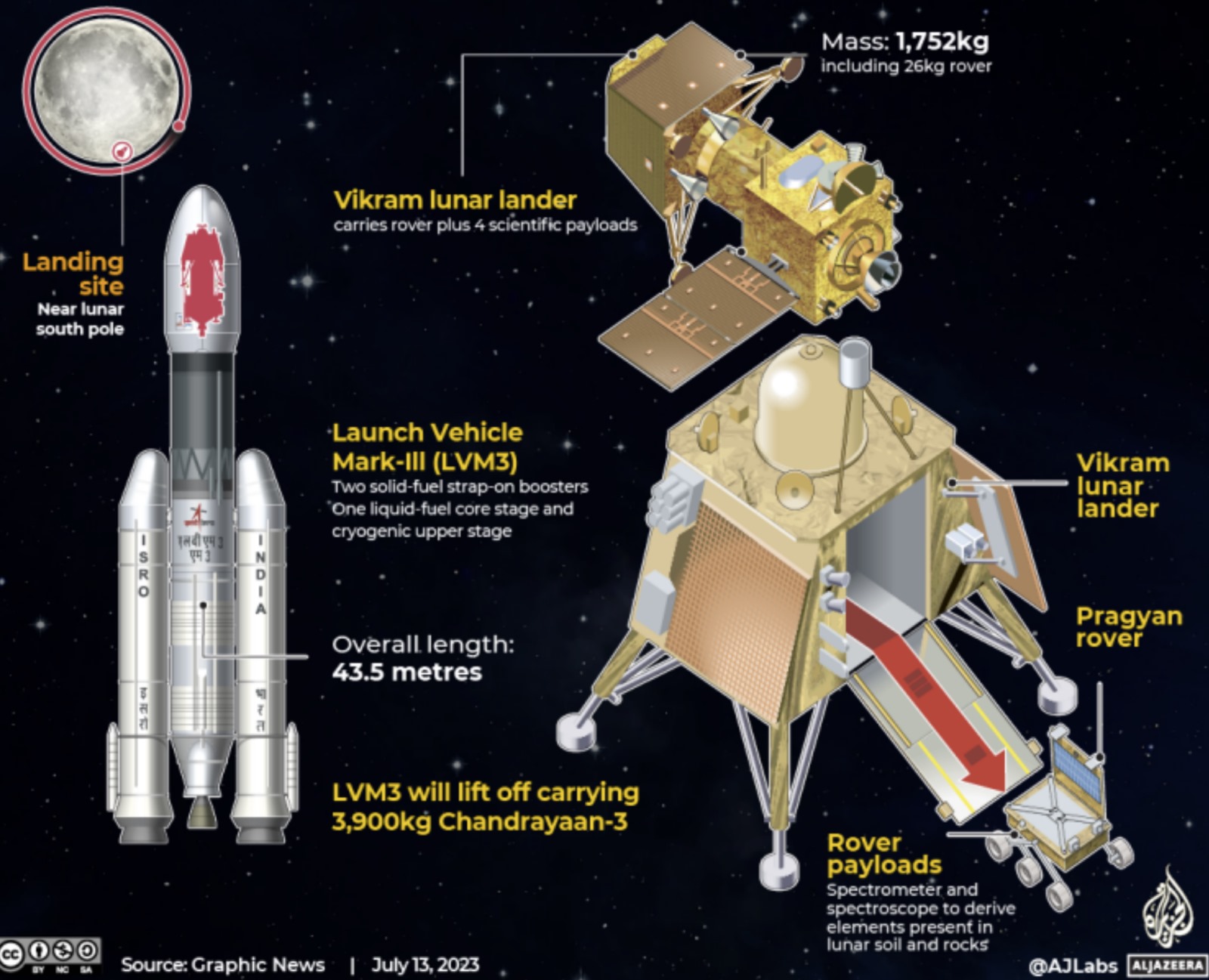
More important, the Chandrayaan-3 is the first spacecraft ever to land on a strategic sweet spot, the moon’s south pole. Why is the moon’s south pole coveted by China, Russia, and by the United States?
Because it has water. And India was the first country to detect that water. Water it spotted with its first vehicle to orbit the moon, Chandrayaan 1, way back in 2008.
Water is the gold of space. It can be mined and broken down to drinkable water, to breathable oxygen, and to rocket fuel. That’s why NASA administrator Bill Nelson says that we are in a space race with China for the lunar south pole’s resources.
Nelson says he fears that if China can establish a presence on the moon’s south pole before we do, Beijing could repeat what it pulled off in the South China Sea.

Ten years ago, China began building islands and expanding reefs in the South China Sea, a body of water whose segments were claimed by five other nations. Beijing swore that these new islands were for peaceful purposes.
Then China built military bases with runways for bombers and fighter jets on the islands and claimed the South China Sea as its own. All 1.16 million square miles of it. Complete with the oil beneath the surface.
Now NASA’s Nelson is afraid that China will attempt to do the same thing with the south pole of the moon.
India’s landing at the moon’s south pole may complicate that Chinese aim. After all, one of the main purposes of this audacious Indian mission is not just to do science. It’s to advance India’s claim to world leadership. Or, as CNN put it, it’s to “cement India’s status as a global superpower in space.”
That use of the Chandrayaan-3 moon landing became clear at a global summit conference in South Africa Wednesday morning. That summit was a meeting of heads of state of the BRICS nations—Brazil, Russia, India, China, and South Africa—in Johannesburg. The BRICS formation is designed to sap strength from the United States and the Western Alliance and to increase the power of an alliance that includes Russia, China, North Korea, Iran, Syria, Venezuela, and Cuba. An alliance of autocrats. An alliance that despises “Western liberal values.”
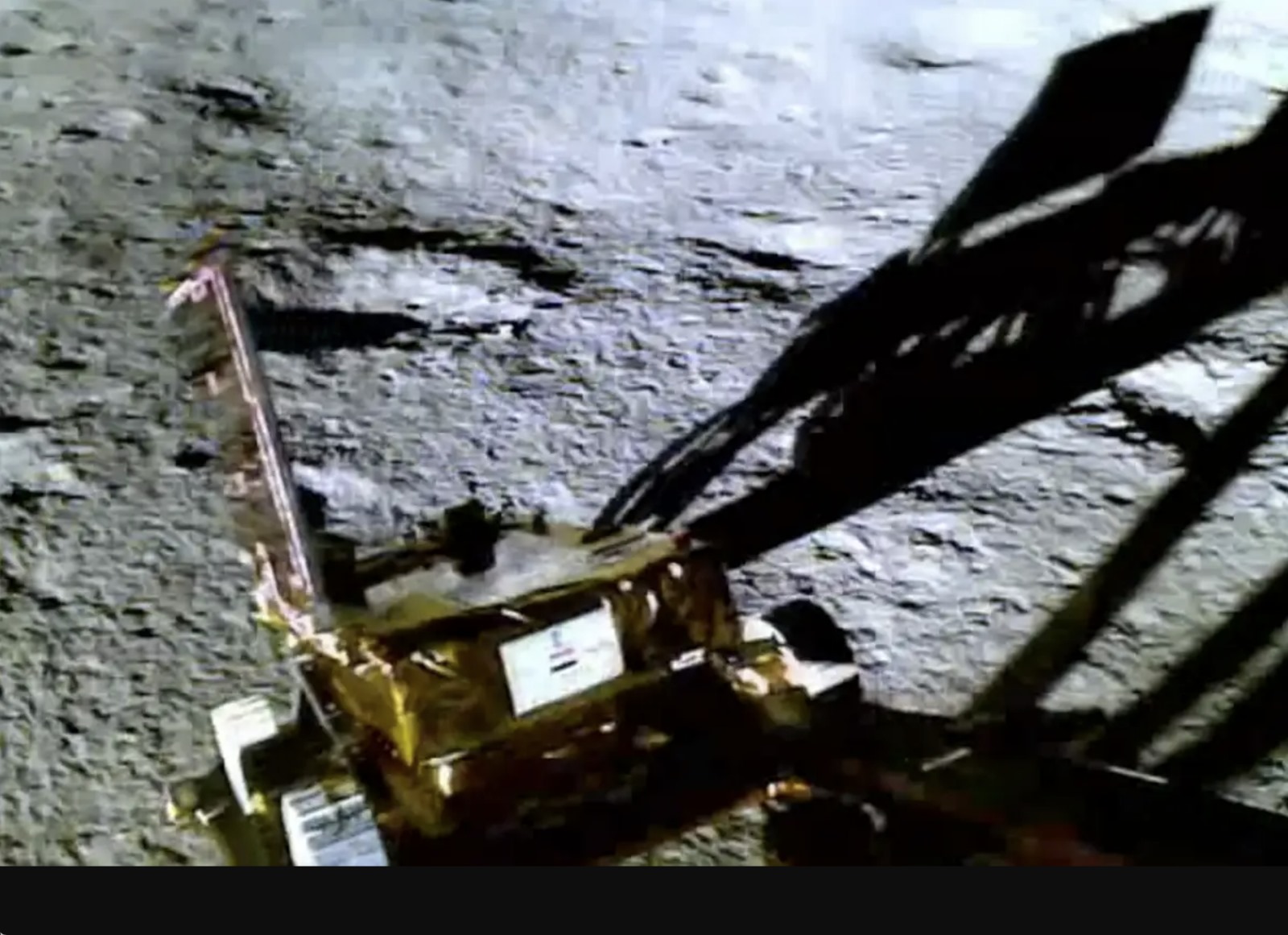
Vladimir Putin, one of the two top BRICS leaders along with China’s Xi Jinping, was faced with a humiliation. He was not able to attend in person. He is a fugitive from the International Criminal Court for committing war crimes. Because South Africa is a member of the International Criminal Court, it would be forced to arrest Putin and send him to the Hague in Holland for trial if he showed up. So the Russian leader was forced to appear on videotape.
But Putin had an ace up his sleeve. A way to demonstrate his power. Russia’s Luna 25 was due to land on the moon four days ago, Monday, August 21st, the day before the start of the summit. It would have been Russia’s first lunar landing in 47 years. And it would have been a coup.
But last Saturday, the rockets positioning the Russian lunar lander for descent misfired and Russia’s Luna 25 crashed into the moon’s surface. Then this morning, India’s Chandrayaan-3 pulled off a perfect landing. Thus one-upping Putin.
The landing was broadcast live on TV in India. That landing allowed India’s prime minister Narendra Modi to ostentatiously take time off from the summit and to go on a TV link back to India saying, “I’m confident that all countries in the world, including those from the global south, are capable of achieving such feats. We can all aspire to the moon and beyond.”
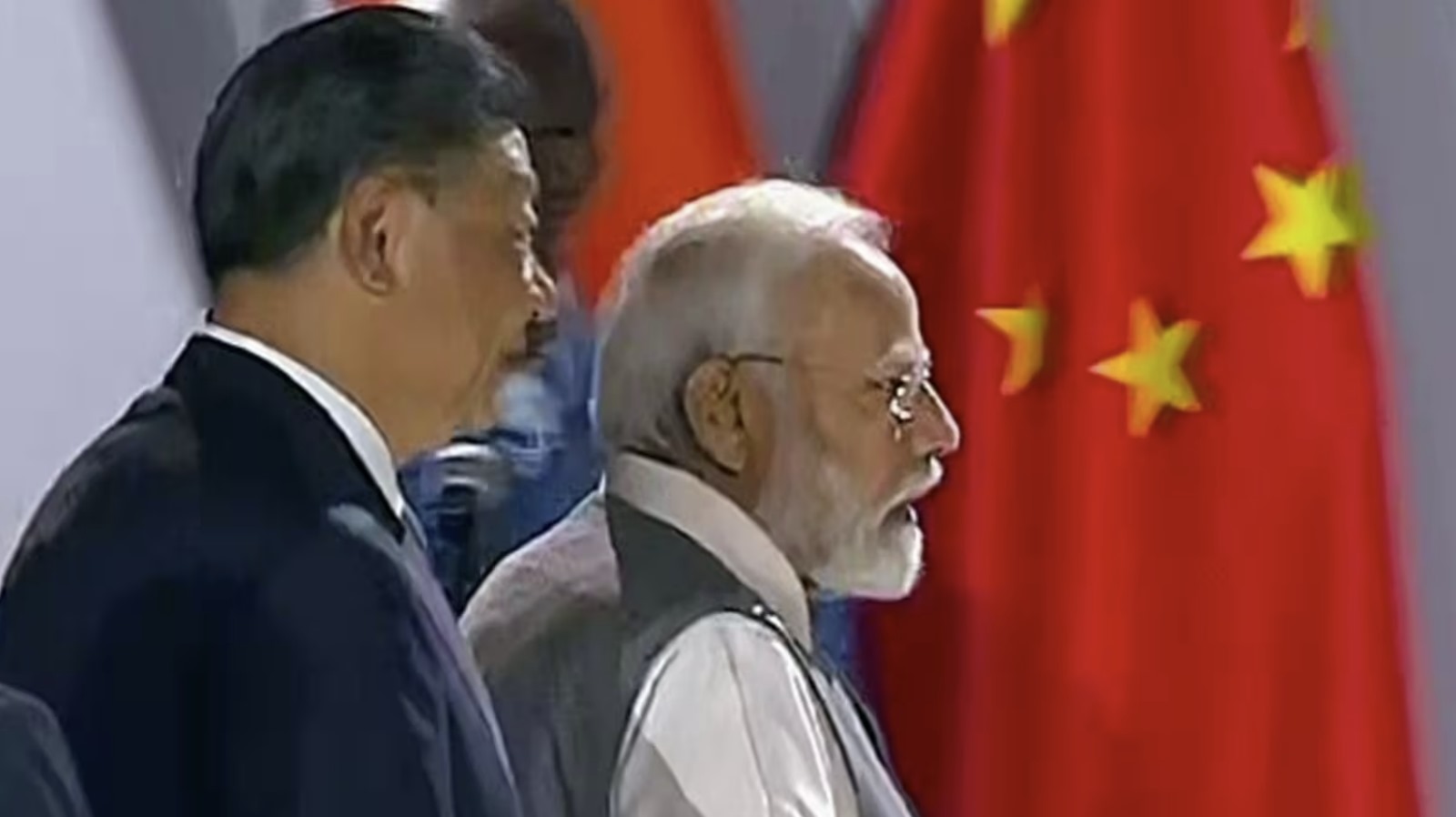
Thus showing off Modi’s prominence in the BRIC partnership and making a play for leadership of the global south—the 78 underdog countries who are not major powers.
References:
https://twitter.com/isro/status/1694545322251571687
https://www.scientificamerican.com/article/chandrayaan-3-makes-historic-touchdown-on-the-moon/
https://www.space.com/india-chandrayaan-3-moon-landing-success
https://www.nytimes.com/2023/08/23/science/chandrayaan-3-india-moon-landing.html
https://www.nytimes.com/live/2023/08/23/science/india-moon-landing-chandrayaan-3
https://www.nytimes.com/2023/08/24/world/asia/india-chandrayaan-3-moon-landing-space.html
https://www.cnn.com/2023/08/23/world/chandrayaan-3-lunar-landing-attempt-scn
https://mars.nasa.gov/mer/mission/overview/
https://spacenews.com/viper-lunar-rover-mission-cost-increases/
https://www.planetary.org/articles/water-on-the-moon-guide
https://www.reuters.com/world/key-facts-about-brics-2023-summit-2023-08-07/
______________
Howard Bloom of the Howard Bloom Institute has been called the Einstein, Newton, and Freud of the 21st century by Britain’s Channel 4 TV. One of his seven books–Global Brain—was the subject of a symposium thrown by the Office of the Secretary of Defense including representatives from the State Department, the Energy Department, DARPA, IBM, and MIT. His work has been published in The Washington Post, The Wall Street Journal, Wired, Psychology Today, and the Scientific American. He does news commentary at 1:06 am Eastern Time every Wednesday night on 545 radio stations on Coast to Coast AM. For more, see http://howardbloom.institute.
